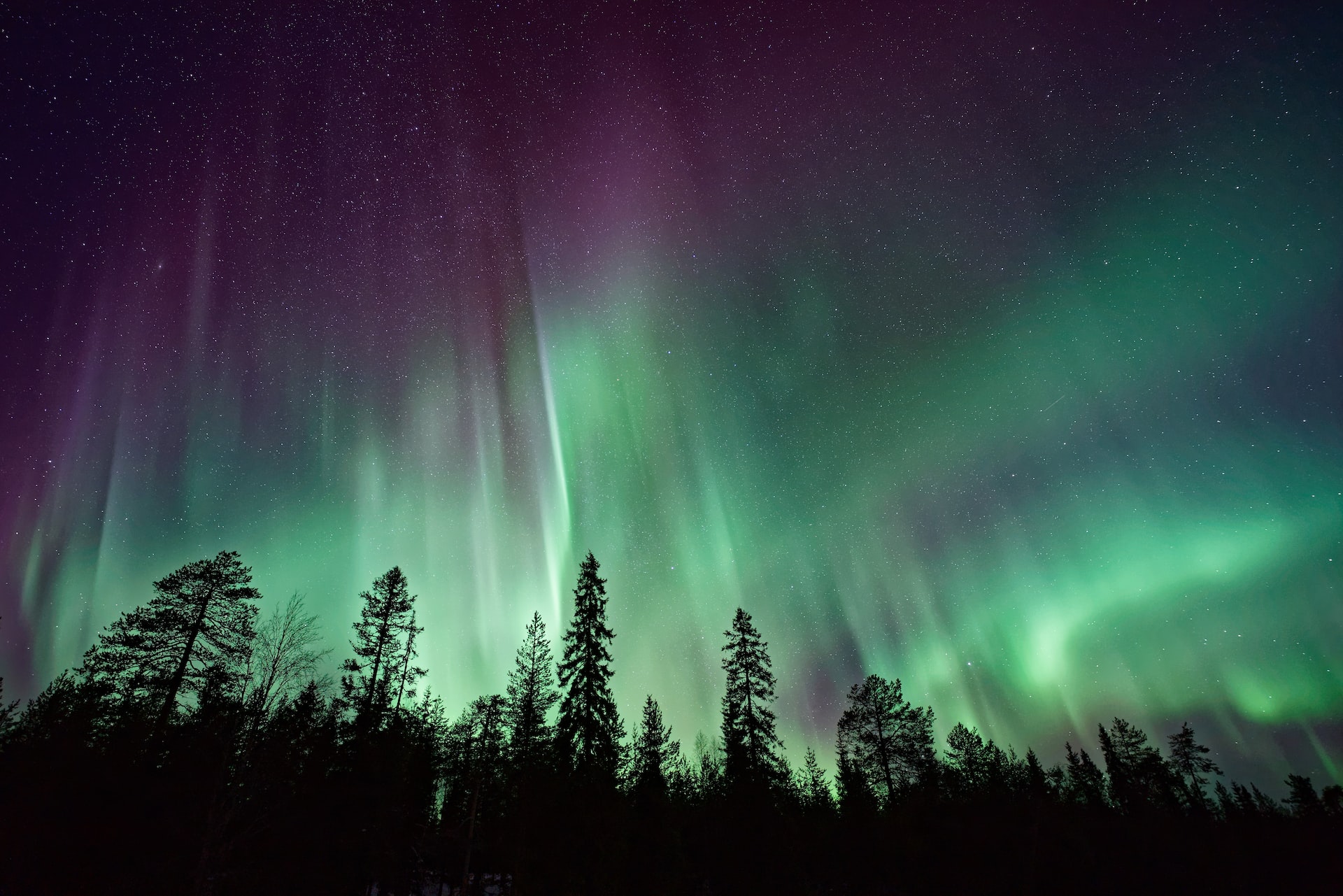It’s time to plan your next vacation, but you’re looking for something a little different than the standard beach trip or skiing adventure. You want something that takes you out of your comfort zone and puts you in the middle of Mother Nature at her finest. Well, look no further: there are several places around the world where you can go to see the Northern Lights (Aurora Borealis). Here are our top picks for places to go in search of these beautiful displays of light.
Fairbanks, Alaska
Fairbanks is the best place to go if you’re looking for northern lights in Alaska. With access to Fairbanks International Airport (FAI), many tour companies offer trips out of Fairbanks and into the wilderness, where you can see the aurora borealis from a safe distance. Some tours even include overnight stays at local lodges so that you can experience the night sky in all its glory.
It’s important to book your tour in advance! Once winter arrives, fewer people visit Fairbanks as temperatures drop below freezing and daylight hours decrease dramatically. And this means fewer spots available on tours since they sell out quickly during peak seasons like wintertime or spring break when students want an excuse not to go back home yet after graduation ceremonies have ended for a good reason: no one wants their kids driving through snowstorms late at night so that they can catch some glimpses of dancing lights overhead before heading back home again tomorrow morning without any sleep whatsoever!
Yellowknife, Northwest Territories
Yellowknife is the capital of the Northwest Territories and a gateway to some of the best spots in Canada to see the Northern Lights. The city itself has a population of 19,000, but it’s located on Great Slave Lake, which means there are plenty of places nearby that you can visit during your trip.
Yellowknife has a subarctic climate with long cold winters, short warm summers, and plenty of precipitation throughout both seasons (about 60 inches per year).
Ottawa, Ontario
Ottawa is a great place to see the Northern Lights. The city has many festivals and events, including Winterlude, Canada’s largest winter festival. Ottawa also has many museums, like the Canadian Museum of Nature and the National Gallery of Canada. If you’re looking for some good food or nightlife after your northern lights hunt, check out ByWard Market or Elgin Street!
Churchill, Manitoba
Churchill is a good place to see the Northern Lights on the edge of Hudson Bay. The lack of light pollution and the large population of polar bears make it an ideal location for viewing these natural phenomena.
If you’re lucky enough to be visiting during winter when there are no tourists around (and therefore no lines), you might even be able to catch sight of some local wildlife!
Abisko National Park, Sweden
If you’re looking to see the Northern Lights, Abisko National Park is one of the best places in the world to do it. There are no guarantees that you’ll catch them on any night, but if you’re lucky enough to be there during a display, there’s no better place than this Swedish park. You can see them from anywhere within its borders. And if you want even more chances at catching an aurora borealis show, head south from Abisko into Lappland province (or north into Norway).
The lights are most visible between January and March when winter nights are long and clear skies prevail. However, they can also be spotted during the summer months too! As long as there isn’t too much cloud cover overhead or rain falling onto the snow-covered ground (which would block out any light), then finding yourself beneath dancing green ribbons should be easy enough no matter what time of year it happens to be happening at all together now, isn’t it?
Tromso, Norway
Tromso is a good place to see the northern lights. It’s located in northern Norway, near the Arctic Circle, and has a population of about 70,000 people. Tromso is an important fishing and shipping city with many museums and cultural events throughout the year that attract tourists from all over Europe, including those looking for their chance to spot those elusive auroras!
Conclusion
This is not a one-stop destination. You can’t just visit Iceland and expect to see the Northern Lights. You have to be in a place where there is no light pollution, so you need to find out where those places are before you go. Other factors affect whether or not you’ll see them, such as cloud cover or moon phase.
